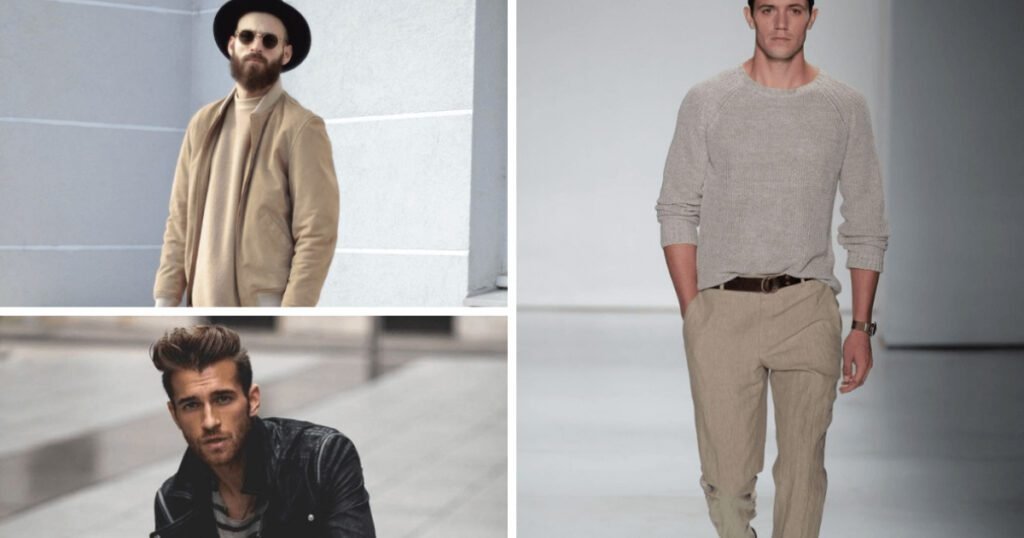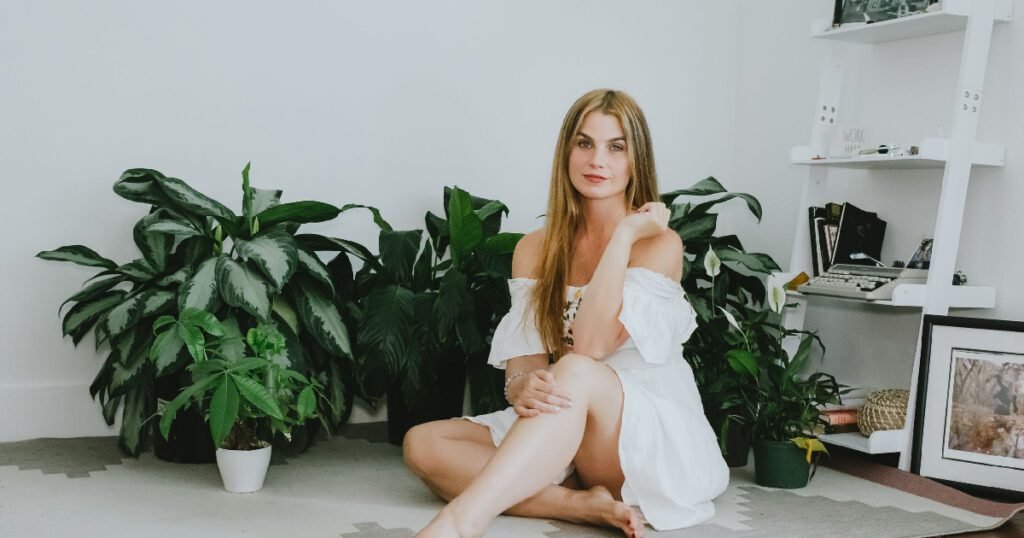Introduction
The post-war era and the rise of consumerism created 1950s Women’s Fashion, which was equally elegant but clearly feminine. This decade saw significant changes in fashion as women started to wear more vibrant clothes made of new fabrics. Hope for the economy was outlined following a worldwide economic downturn. With the trend of the 1950s reigning today to designers and sartorialists alike with their take on it, this makes for a timeless period in fashion.
Fashion History
Post-War Influence
In the post-World War II years, they created a new style trend for ladies. Fashion was pragmatic and austere during the war; fabric rationing meant that there emerged a need to provide efficient, practical clothing. But the post-war era also saw a return to extravagance and luxury. Women were ready to adopt fashions in favor of more femininity and elegance, which for many people brought all the fuss description resulting in fashion trends.
Rise of Consumerism
With growing prosperity and an expanding middle class, consumerism was a maturing market in the 1950s. During these decades, consumption and the consequent production of goods (including fashion) reached ever higher levels. It also made ready-to-wear clothing more attainable for a larger market of women who could now afford to play with styles and trends. The department store and the fashion boutique thrived to offer something for every new kind of woman.
Hollywood/media
Hollywood heavily influenced the style of women in the 1950s. Fashion icons like film divas Marilyn Monroe, Audrey Hepburn, and Grace Kelly have already established new style paths for women all over the planet. A lot of haute couture was featured in many films and magazines, which helped to grow the trend to a larger audience.
Key Designers and Brands
Christian Dior and the “New Look”
The 1947 “New Look” collection of Christian Dior was a milestone in women’s fashion and continued to dominate the runway scene throughout much of the 1950s. The “New Look” began in the late 1940s and was a sharp differentiation from the wartime attire of past years. It was a silhouette that became adamant with the 50s style and was seen as a time when people would return to the femininity of grandeur.
Coco Chanel’s Legacy
Coco Chanel continued to impact fashion through the 1950s. While Chanel brought us some of the most iconic styles in design history and revolutionized how we think about fabrics, she reigned supreme as an ‘icon’ for a style all her life. She was credited with the inspiration behind classics like the Little Black Dress and for using jersey fabric to create garments that were both practical and chic.
Balenciaga’s Innovations
Ever the master of tailoring and design, Cristóbal Balenciaga introduced architectural rigor into 1950s fashion. His work was a symbol of highly skilled craftsmanship and creative silhouettes. Balenciaga helped shape the midcentury styles with his contributions, alchemizes, and a high-waisted baby doll dress (the sac, which stands out for its disregard of antiquated sartorial decision-making.
American Designers Influence
American style designers were associated with the 1950s, and later, Claire McCardell (the incomparable architect credited as inventing pants) had an incredible effect on fashion during the ’50s. McCardell’s utilitarian and cozy designs, which sported a wrap dress… or two… Like American Vogue, she used denim as well. Norell’s elegant evening dresses and chic daywear provided an element of Hollywood glamour to the world of fashion.
Fashion Shows and Events
Part 1 and Part 2 of Major Fashion Shows from the Fifties – like this one that opens with a Dior Monte Carlo Collection line feature stereophonic sound. Personal collections need to be in better condition.
More than just a runway, fashion shows became an essential means through which designers could present collections and inject new ideas into the zeitgeist. The most influential fashion houses, such as Dior, Chanel, and Balenciaga, set up prestigious already runway shows for which critics and fashion maniacs would eagerly wait. Thus, these were occasions and events that would have had models encouraged by popular media.
Key Events and Their Impact
The style of the 1950s was heavily influenced by events like the annual Met Gala and fashion exhibitions around that time. The collections attracted designers, celebrities, and socialites to the trendiest parties of the season. The ripples from these events reverberated – not just in fashion but throughout pop culture.
Trend Analysis
Silhouettes and Shapes
This fashion era represents pretty silhouettes and shapes that were very definitive in the 1950s.
Hourglass Figure: The ideal silhouette Hourglass figure was one of the famous silhouettes from the 1950s, done by way of wide hips and slim waist through garments. The shape, celebrated for its femininity and elegance
How to Identify Full Skirts and Poodle Skirts—Full skirts were very common for both work clothes and formal wear. For young women, meanwhile, poodle skirts won their hearts with their fun appliqués.
Pencil Skirts: Strict pencil skirts are standard for every woman in this world, and they are a way to look clean and slim. These skirts, hugging the hips and tapering out to a mid-calf length, are slimming and have excellent structure.
Fabrics and Patterns
Women’s fashion exploded with various new fabrics and patterns in the 1950s.
New Castoff Admixture: Textile accomplishment progressed with the advance of constructed fibers like nylon and polyester, which provided backbone after added fuss. These materials also started to be used in everyday clothing.
Trendy Prints: This time, I saw many prints, such as polka dots, stripes, and florals, achieve the utmost hype. The giddy mood of the time is embodied through an abundance of playful and girly patterns.
Colors and Palettes
Certain colors defined the mood and aesthetics of 1950s fashion.
Colors of the Decade: The 1950s became known for pastels, brighter shades, or classic colors. These colors include pink, mint green, and baby blue, which are some pastel shades considered so simply for their soft look. Bold, bright red, yellow, and turquoise colors made things pop. Black has long been a top color choice for formal and casual attire.
Style Tips
DejereznerA 1950s Look in the Present Day
Modern Style of the 1950s Women’s Fashion and 50 Great Clothing Styles to Create Today Some important aspects include:
Silhouettes—The Silhouette is so into dresses that highlight your waist and give you curves like an hourglass. The 1950s Look: The Style Classic To achieve the 1950s style, you will need lots of full skirts and fitted bodices with a nipped-in waist.
Design-Pattern & Colors: Play with patterns, polka dots, and stripes; stick to pastels but keep it vibrant.
Accessories: Top it all with classic accessories, sunglasses or cat-eyes, necklaces of pearls, and gloves.
Mixing Vintage with Modern
Mix vintage with new: To modernize classic 1950s fashion, marry signature vintage pieces together and give the pairing a little twist. Wear a vintage full skirt or blouse to balance it out, and mix some retro flair into your modern dress. This method is cheap and stylish with the 1950s fashion sense but easily taken to look up-to-date and more you.
Sustainability in Fashion
Slow Fashion Falters
Vintage is eco-stylish and sustainable. By wearing clothing that is decades old (50s vintage wear), demand for new garments is slightly decreased: fewer takes of cotton from the land and less waste created through production. The other is that vintage has unique style points to offer you (slow fashion vs fast fashion sounds corny, but it’s real)
Per-50s Items Reused and Recycled
Purchasing pre-owned fashion from the 1950s can help us build a sustainable future. Women’s Fashion clothing from the 1950s can be found in thrift stores, vintage boutiques, and online shops. Recycling old clothes can conserve resources and preserve 1950s fashion!
Technology in Fashion
Changes in fabric production
During the 1950s, materials for fabric production evolved, turning fashion and textiles into another role. Although they were not as absorbent when wet, synthetic fabrics such as nylon and polyester gained popularity in the sports garment trade because of their durability, dryness while wearing (this arguably contradicts previous need), and strength. Some argue that poor production quality means many garments may rip or are easily frayed by Velcro straps. These developments enabled the designers to try new textures and tastes exemplifying style, due to which fashion has become highly versatile.
The Impact of Television and Media
Fashion trends were largely concentrated on TV and media in the 1950s. As fashion became less exclusive, group shows exposed everyone to the latest styles. It is obvious that media influence impacted fashioning and glamorizing runways.
Celebrity and Cultural Impact
Influence of Movie Stars
Many women around the world have modeled their clothes after movie stars like Marilyn Monroe, Audrey Hepburn, and Grace Kelly. These divas’ wardrobes became fashion icons. Shepburn’s sophisticated grace in Kelly influenced much of the monotonous 1950s, just as Monroe’s dresses did.
The Kind of Music and Dance Their Role in Fashion.
Rock ‘n’ roll and dance fads such as the jitterbug and twist also directly impacted 1950s clothing trends. Young people were wearing more conservative and mature clothing, while the young men preferred casual clothes such as denim jeans and t-shirts towards dressing in suits too; poodle skirts had become very popular amongst younger girls along with saddle shoes accompanied by leather jackets echoing fashions for teens. This media of music and dance expressed the feelings fashion didn’t just follow youth culture. It became a thing in itself.
10 Iconic Fashion Moments of the 1950s
Fashion today can be taught a lot from the infallible sense of style of some in the 1950s. In Breakfast at Tif, Audrey Hepburn wore a little black dress, Tiffany Dandridge wore a satin ensemble, and Marilyn Monroe wore a Paloma dress. Moments of elegance and style.
Conclusion
It was in the 1950s when women’s fashion began to celebrate femininity, elegance, and innovation. As the culture of fashion designers and Hollywood changed womenswear for decades, state-mandated modesty laws were abolished for many women. The 1950s shapes, rosy patterns, and standout styles in fashion are an endless inspiration to the present day. It may inspire more sustainable lifestyle changes (Valera-Pedyaunei & GalanFriedman). It is a part of the 1950s women’s fashion legacy that remains and gives great lessons for Designing the Future.
Learn about Fashion icon dress to impress




